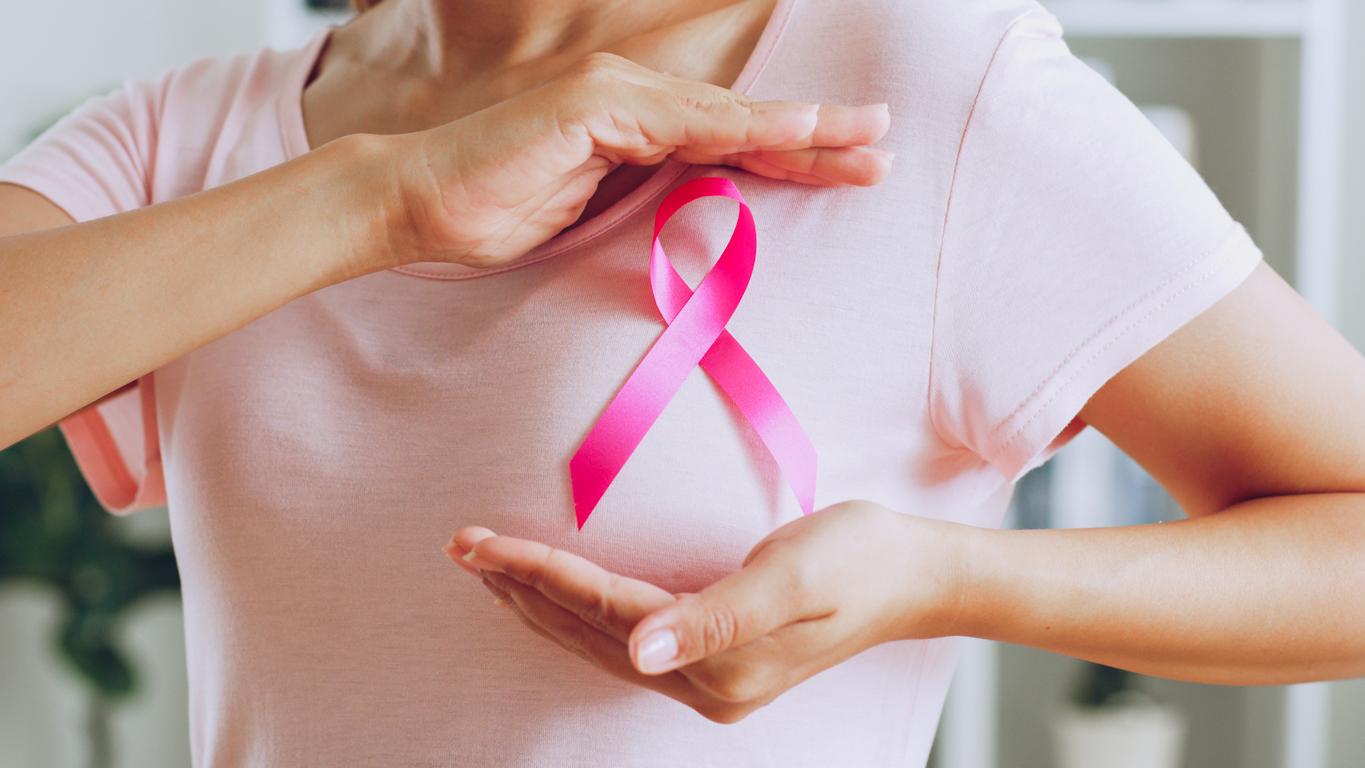On the occasion of Pink October, Why Doctor immersed himself in the pathology department of the Institut Curie, where artificial intelligence is transforming the care of patients with breast cancer.

- A pathologist is a medical specialist who examines cells and tissues taken from a patient under a microscope.
- It helps to establish a diagnosis and treatment.
In the premises of the Curie Institute, in Paris, a small revolution is taking place in the treatment of breast cancer. Thanks to the digitization of tissues, artificial intelligence has been developed there for the past year to support pathologists in their diagnosis.
“An Augmented Pathologist”
“The interest of artificial intelligence is that, unlike doctors, it does not tire. It therefore makes fewer errors. These robots can also work at night, which saves considerable time”explains Dr Anne Vincent-Salomon, Head of the Diagnostic and Theranostic Medicine Unit. “But the goal is not to replace doctors, who remain entirely responsible for their diagnosis. Artificial intelligence is a support, intended to create, in a way, an “augmented pathologist””, continues the specialist.
Concretely, the cancerous tissues taken from the patients during the operations and the biopsies arrive in plastic on rue d’Ulm, in the premises of the Institut Curie (sensitive souls, abstain). There, a small team is working on their digitization, which is done in several stages: putting the human tissues in formalin, embedding in paraffin, cutting the solid blocks obtained into thin slices, removing the paraffin and finally coloring the finished product. “The goal is to preserve the samples as much as possible, so that they remain as similar as possible to their original state in the body”, explains Anne Vincent-Salomon.


The finished blades.
18,000 different tissue sections
This ability to scan cancerous tissue has certainly caught the attention of the Israeli company Ibex Medical Analytics. Last year, after finalizing an algorithm to help diagnose prostate cancer, the company specializing in artificial intelligence asked the Institut Curie to validate another, this time centered on the breast cancer. A year later, it’s done.
Today, the Institut Curie algorithm has been trained to recognize shapes with more than 18,000 different tissue sections. If all goes well, pathologists will use it once the whole service is digitized, in the first half of 2022. “We will then see if the pathologists derive a real benefit from it. And if so, the patients will be better taken care of”, concludes Anne Vincent-Salomon.
Breast cancers at an early stage of development at the time of diagnosis have a survival rate of more than 87%. Each year, nearly 59,000 women learn that they have developed the disease and more than 12,100 die from it.

.















